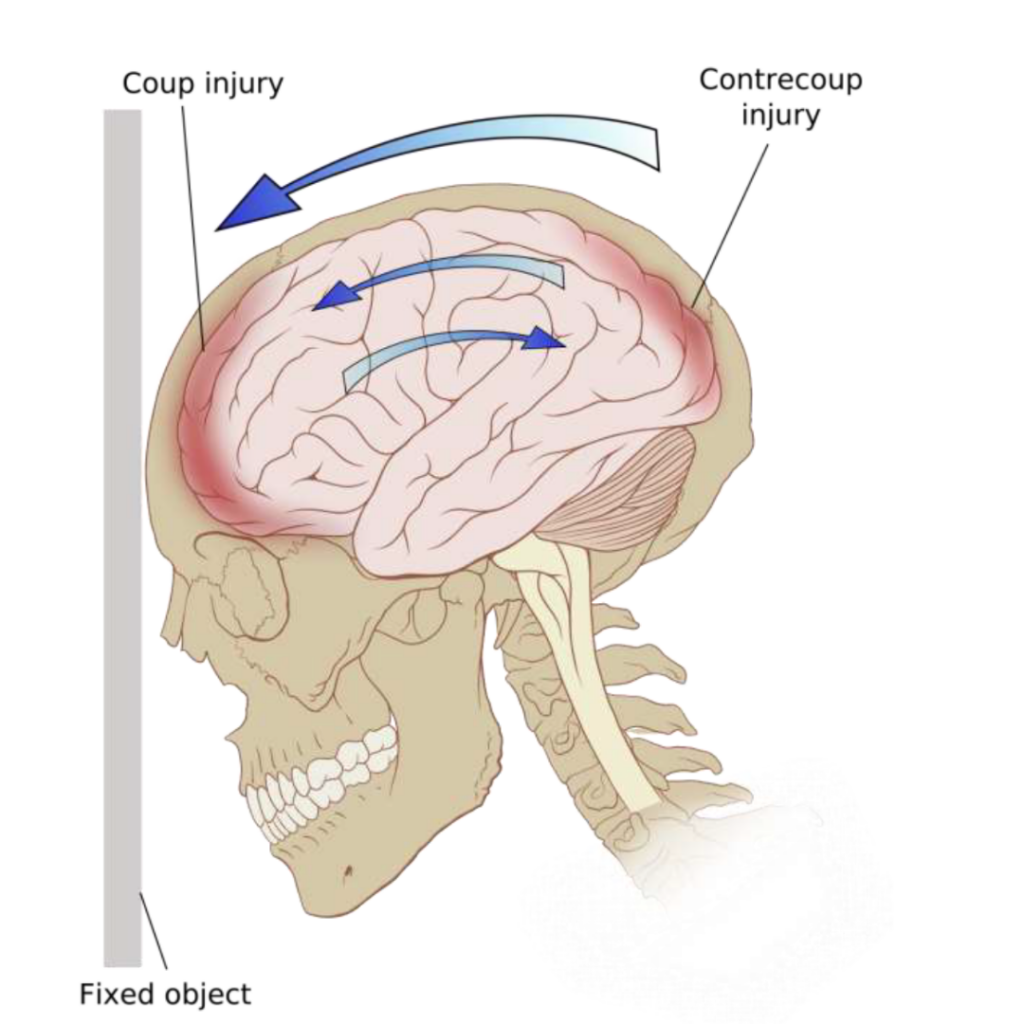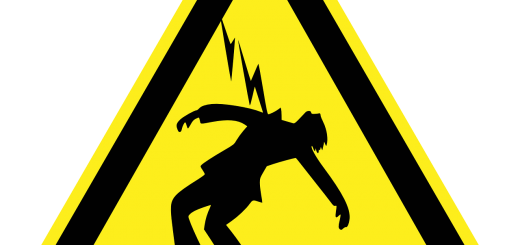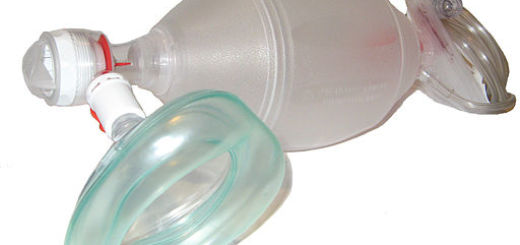Primary vs Secondary Brain Injuries
Head injuries are either open or closed. depending on whether the object responsible for the injury compromised the skull and exposed the brain. Brain injury can also be divided into two components, primary and secondary. In this first aid blog post, we will look at the difference between primary and secondary brain injuries.
Primary Brain Injury
Primary brain injury is the immediate damage to the brain tissue that is the direct result of the injury force and is essentially fixed at the time of injury. Management of primary brain injury is best directed at prevention with such measures as better occupant restraint systems in autos, the use of helmets in sports and cycling, firearms education. and so forth.
While penetrating wounds to the brain always cause primary injury, most primary injuries occur either as a result of external forces applied against the exterior of the skull or from the movement of the brain inside the skull In deceleration injuries the head usually strikes an object such as the windshield of an automobile which causes sudden deceleration of the skull.
The brain continues to move forward. impacting first against the skull in the original direction of motion and then rebounding to hit the opposite side of the inner surface of the skull (a fourth collision). Thus, injuries may occur to the brain in the area of original impact (“coup”) or on the opposite side (“contracoup”).

The interior base of the skull is rough, and movement of the brain over this area may cause various degrees of injury to the brain tissue or to blood vessels supporting the brain.
Secondary Brain Injury
Good prehospital care can help prevent the development of secondary brain injury. Secondary brain injury is the result of hypoxia or decreased perfusion of brain tissue. Secondary injury is the result of the brain’s response to the primary injury with swelling causing a decrease in perfusion or from complications of other injuries (hypoxia or hypotension ). The initial response of the injured brain is to swell. Bruising or injury causes vasodilatation with increased blood flow to the injured area, and thus an accumulation of blood that takes up space and exerts pressure on the brain.





